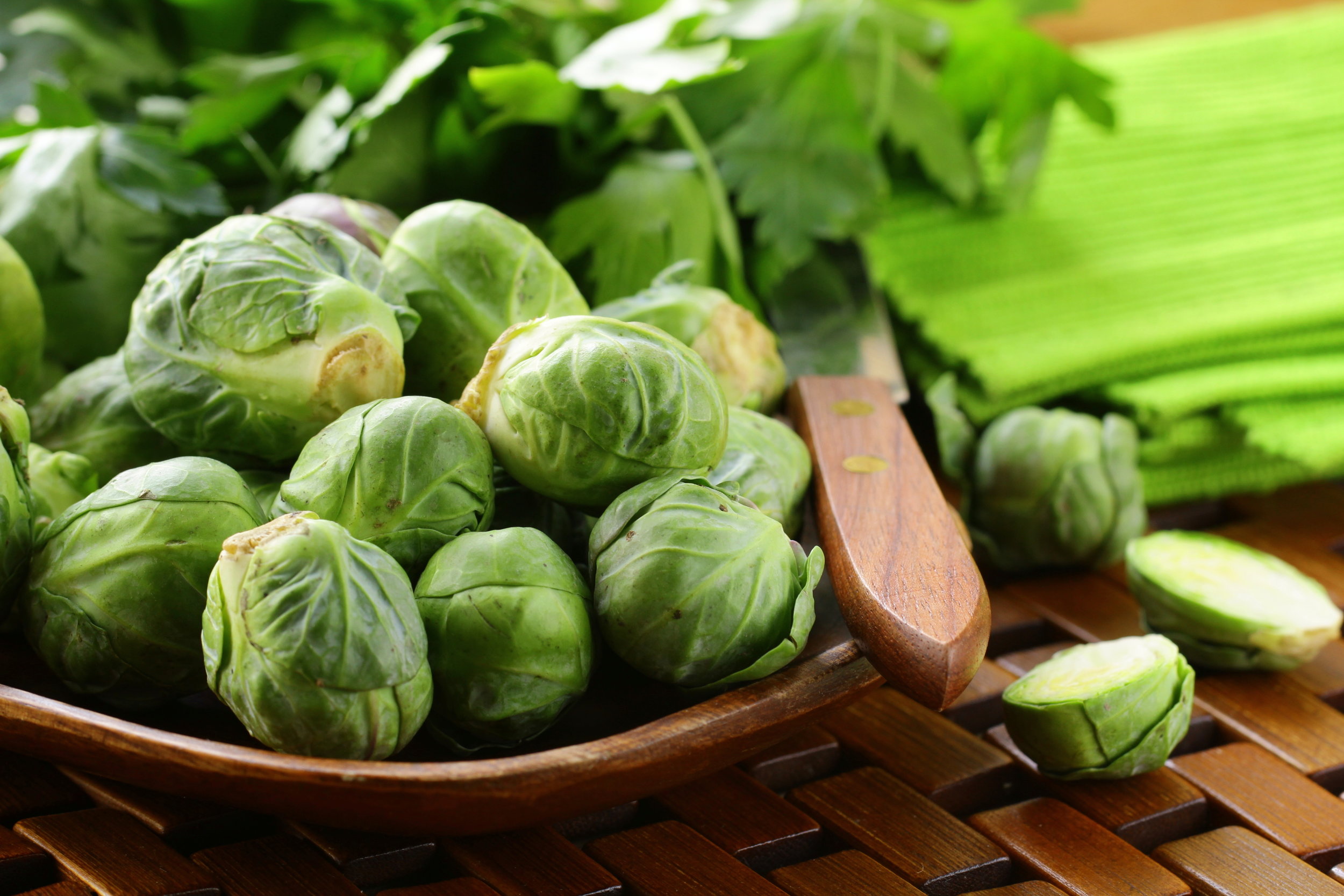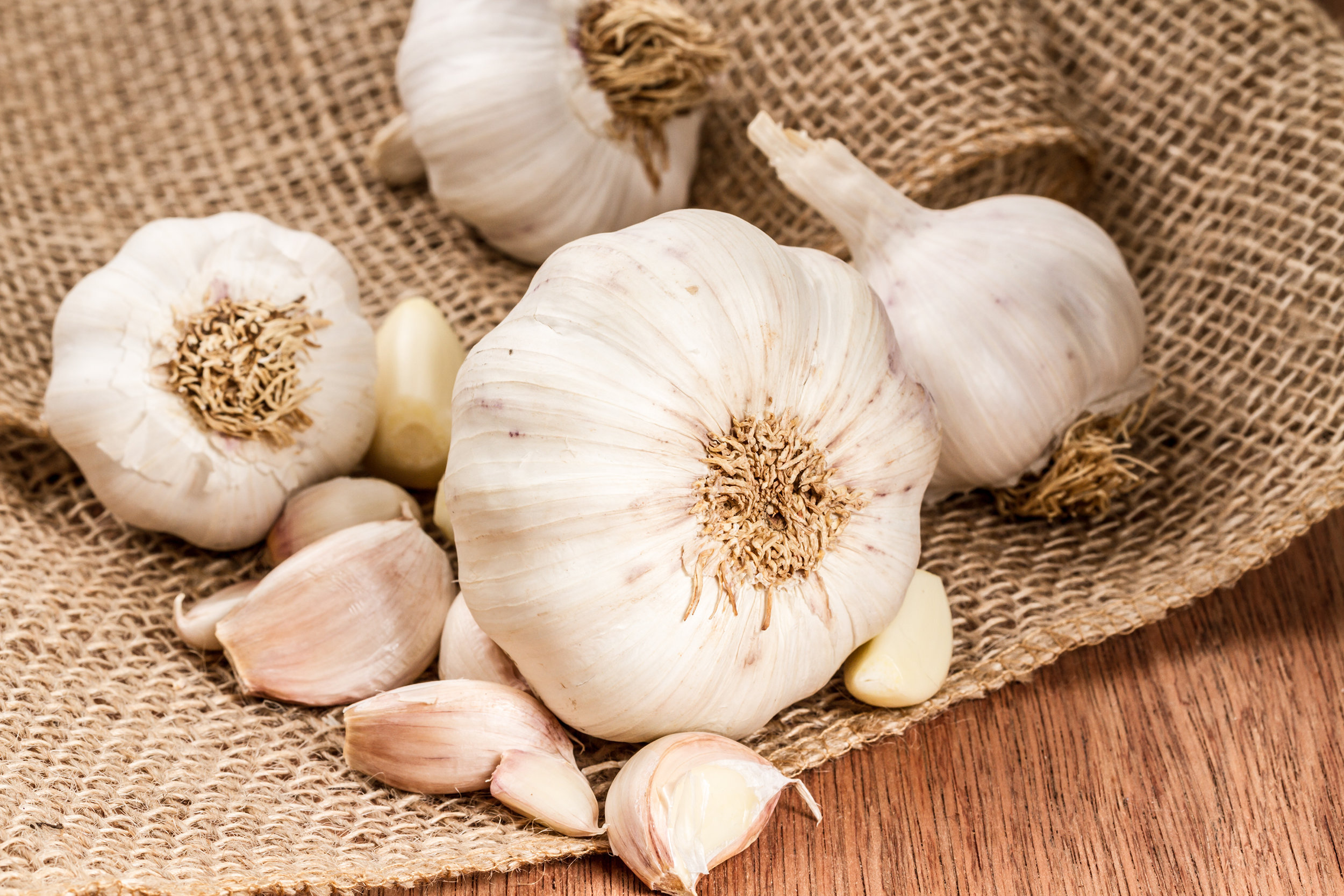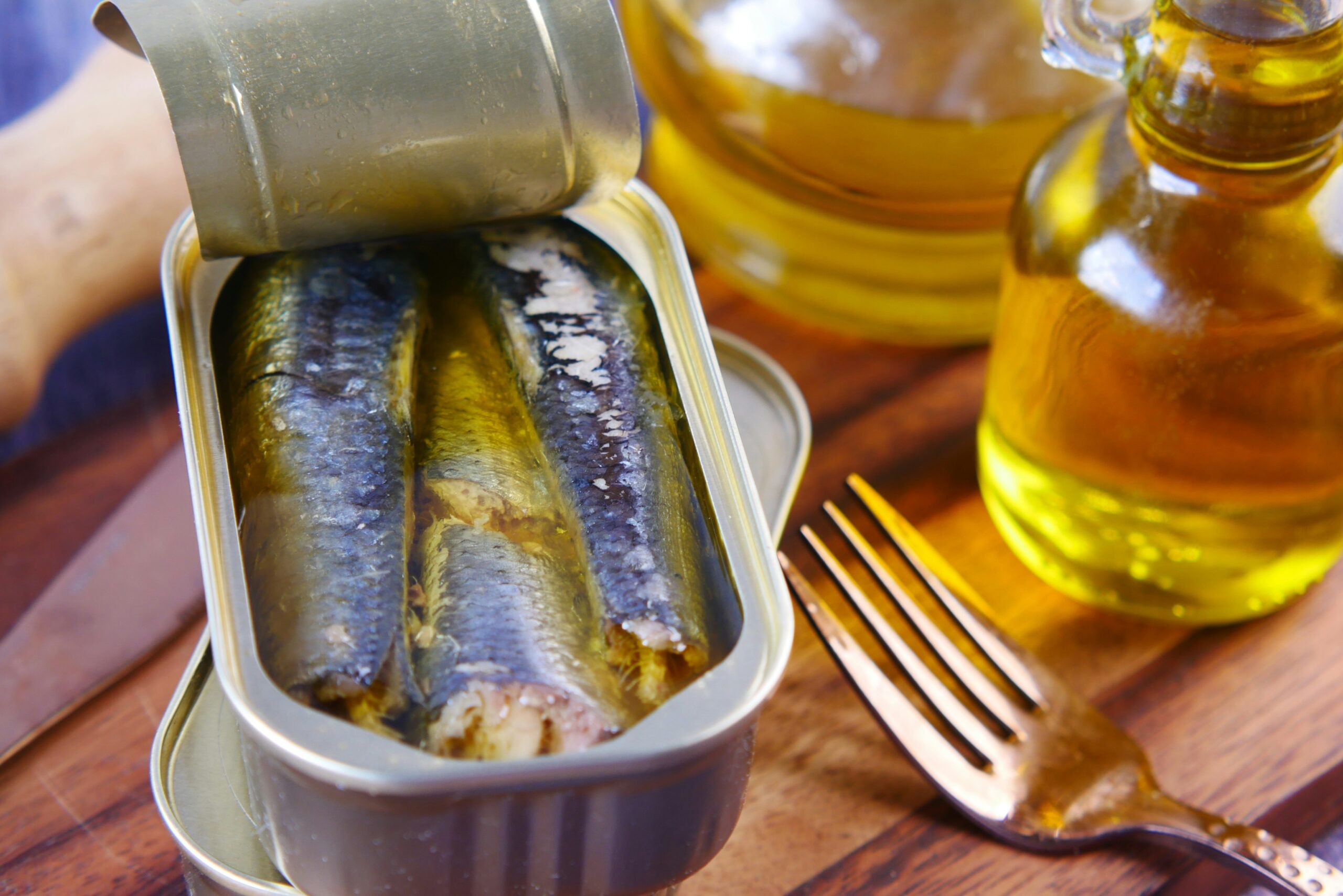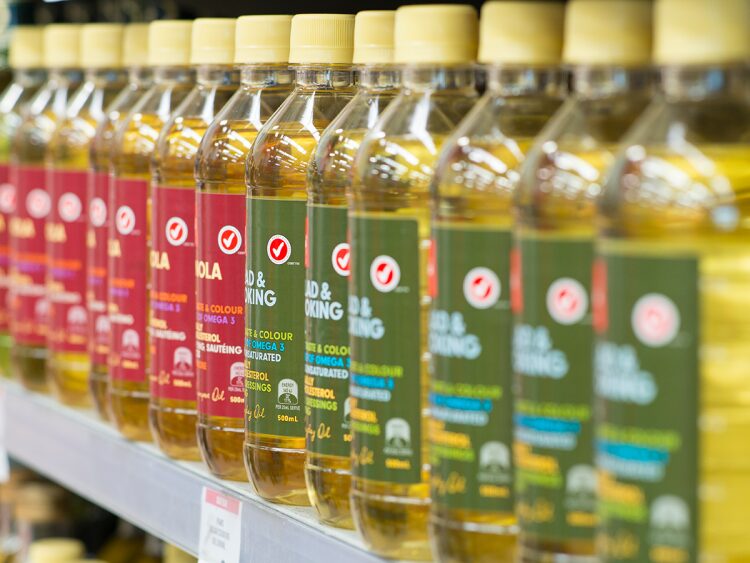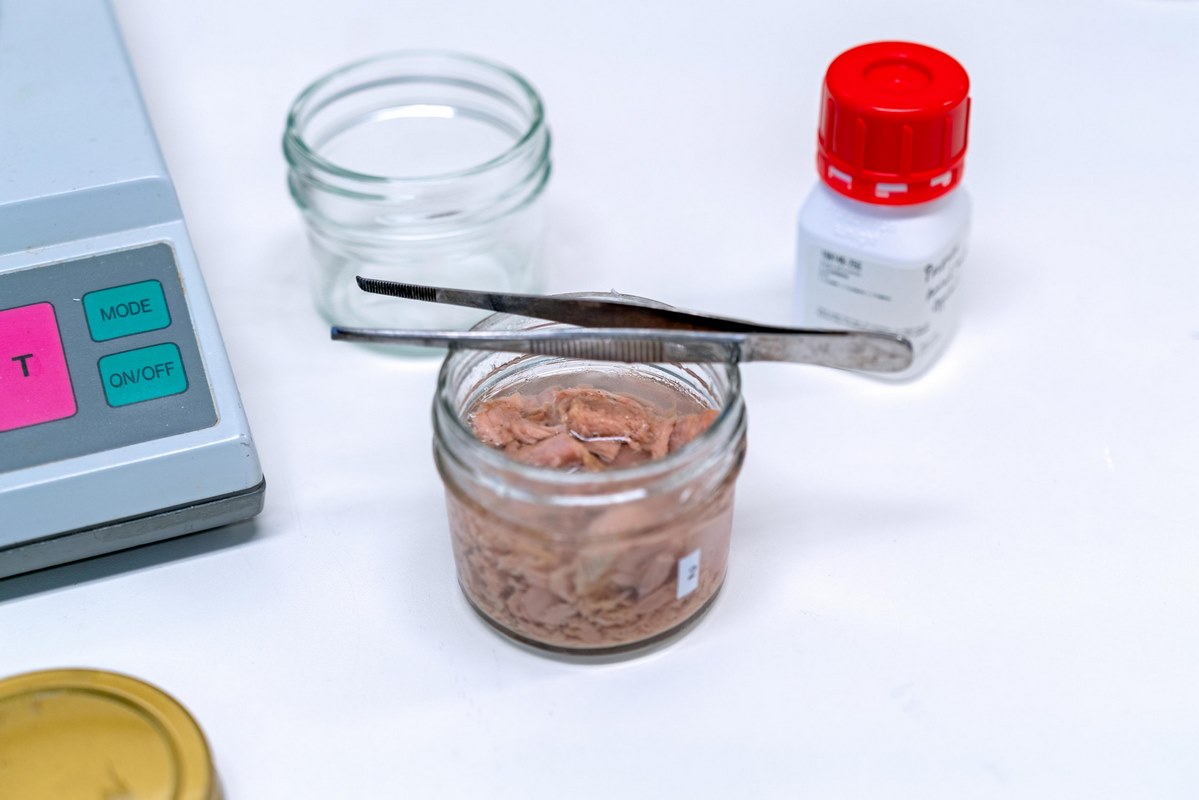For the long-term traveler or international worker who’s taken up residence in a foreign city particularly known for pollution, carcinogen avoidance can be difficult to manage. While being fairly easy to manage when one has time, money, and scientific literature to study, exposure to water and airborne pollution can be a nasty souvenir from an otherwise life-enriching experience abroad.
Carcinogens are classified as such for their critically dangerous effect on human anatomy, but fortunately a large base of scientific literature in the field of carcinogen intervention is available for those looking to stay healthy on the roads less-traveled; particularly in the realm of dietary options.
A global health risk
According to a report from the Center for Research and Advanced Studies at the National Polytechnic Institute in Mexico, heavy metals like mercury, cadmium, and lead, are a kind of carcinogen which can often be found in drinking water sources all over the world and can lead to many health problems aside from just cancer.
Another class of carcinogens are known as polycyclic aromatic hydrocarbons, or PAH’s. They’re produced from the burning of coal, wood, gasoline, and they represent the majority of aerial contaminants found in modern cities. A study published in the Journal of Environmental Monitoring, Chinese researchers found that the levels of PAHs in the air of 37 major Chinese cities represented some of the largest amounts ever recorded.
The obviously crucial need for clean air and water make these a significant harm to the health of the world wanderer or the traveling occupationalist who may face problems such as cultural differences and language barriers if they want to take action to prevent carcinogen absorption. But there are some simple diet choices which can go a long way to aiding the uptake and expulsion of PAH’s and heavy metals from the body which don’t involve finding where to buy home air purifiers or Brita water filters in Africa or China.
Remember to eat your broccoli
A study group of 291 people living in a densely populated city in China was asked to drink half a cup of a broccoli sprout-derived drink every day for twelve weeks, while another group was given a placebo. The broccoli sprout participants experienced a significantly improved detoxification rate of a common PAH called benzene – something many of us are likely taking in every day unknowingly; normally entering the body from cigarette smoke, car exhaust, glue, paint fumes, and city smog.
Broccoli sprouts are rich in glucosinolates – compounds found in bitter or pungent vegetables that are assumed to be part of a plant’s defense mechanism, as they seem to appear more abundantly in a plant that’s been damaged. The fibrous matrices of cruciferous vegetables like broccoli sprouts and their adult counterparts is a glucosinolate called glucoraphanin – the subject of another study in China.
Two groups of farmers that showed evidence of exposure to airborne pollutants were given either a glucoraphanin-enriched broccoli spout beverage, or one rich in a glucoraphanin-derived compound called sulphoraphane – another chemical which has been shown to have anticarcinogen-like effects as well as a host of other benefits including anti-inflammatory properties.
Incredibly, statistical increases of 20% to up to 50% were shown in the excretion rates for the toxins acrolein, crotonaldehyde, and benzene.
If you’re planning a trip abroad to a smog-laden city, get yourself down to the super market and pick up some cruciferous vegetables; they’re rich in vitamin A,D, K, C, and plenty of other phytonutrient compounds, while also containing glucoraphanin and sulphoraphane. Broccoli sprouts are the best source of things like glucoraphanin and sulphoraphane – brussel sprouts take second place, but adult broccoli, mustard greens, spinach, and kale are also good sources.
The broccoli sprout participants experienced a significantly improved detoxification rate…
The heavy metal diet
Mercury, cadmium, and lead, are just a few examples of contaminants found in poor-quality water sources – the kind which you’d find in developing nations all over the globe. Lead, cadmium, and mercury poisoning affects millions of people in many different countries.
Chelation therapy is an often-utilized treatment method for heavy metal toxicity. The process involves the introduction of chemicals which the metals will likely bind to before being excreted through the urine. This can be used to remove excess iron, cadmium, lead, mercury, arsenic, and uranium from the body. However it also carries an inherent risk of serious side-effects including death and should only be administered by a medical professional – not very useful to a world-traveler.
The average person away from their home has two options to prevent heavy metal exposure. The first is to simply try and steer clear of contaminated water and food sources, though since many contaminated water supplies will be used to water and wash vegetables, clean dishes, and as hydration sources for livestock, it’s not very likely anyone will be able to do this, even at home with planning time and money, for very long.
The second route is dietary choices – often recommended in addition to chelation therapy for the removal of toxic metals. A meta-analysis of detoxification literature fortunately revealed that many of the most effective foods for heavy metal purging are readily available in whichever country the traveler arrives in.
Garlic for instance is used by billions of people as a flavoring agent and medicinal plant. Compounds in garlic have been shown to reduce cadmium-induced neural toxicity and cell death in rats, while onions and ginger, also available world-wide, have similar properties. Grapes, along with bringing a host of antioxidants to the table, can also aid in the production of testosterone and a reduction in spermicidal effects due to heavy metals. Tomatoes are known as being one of the most powerful foods for preventing oxidative stress, and have been shown to produce metal binding phytoproteins, resulting in a significant reduction in heavy metal ions in the liver.
Southeast Asia has become a mecca for international travelers, tourists, and digital nomads, but has also had its struggles keeping metals out of the food supply, as a small study in Vietnam investigated. Fortunately, the shelves and stalls in Vietnam’s markets will also likely be packed with curry powder, green tea leaves, ginseng, and turmeric – all possessing chelation potential, and protecting various organs from oxidative stress and toxicity.
As increasing populations, industrialization, and resource utilization continues in the developing world, the risk for wide-scale contamination rises with it. Right alongside this trend is the facilitation of mass travel, for business, pleasure, and adventure.
Staying healthy can often be the key to whether an experience abroad will be remembered fondly or with shuttering. Exposing the body to a foreign micro-scape puts a tremendous load on the immune-system, while finding good, over the counter treatments you can trust can be very dubious in a different country.
However sometimes prevention beats a cure, and certainly while traveling this can be true. Dietary interventions are therefore reliable tools for staying healthy on the road, as one can easily pick out a head of broccoli regardless of what language the merchant is speaking.
